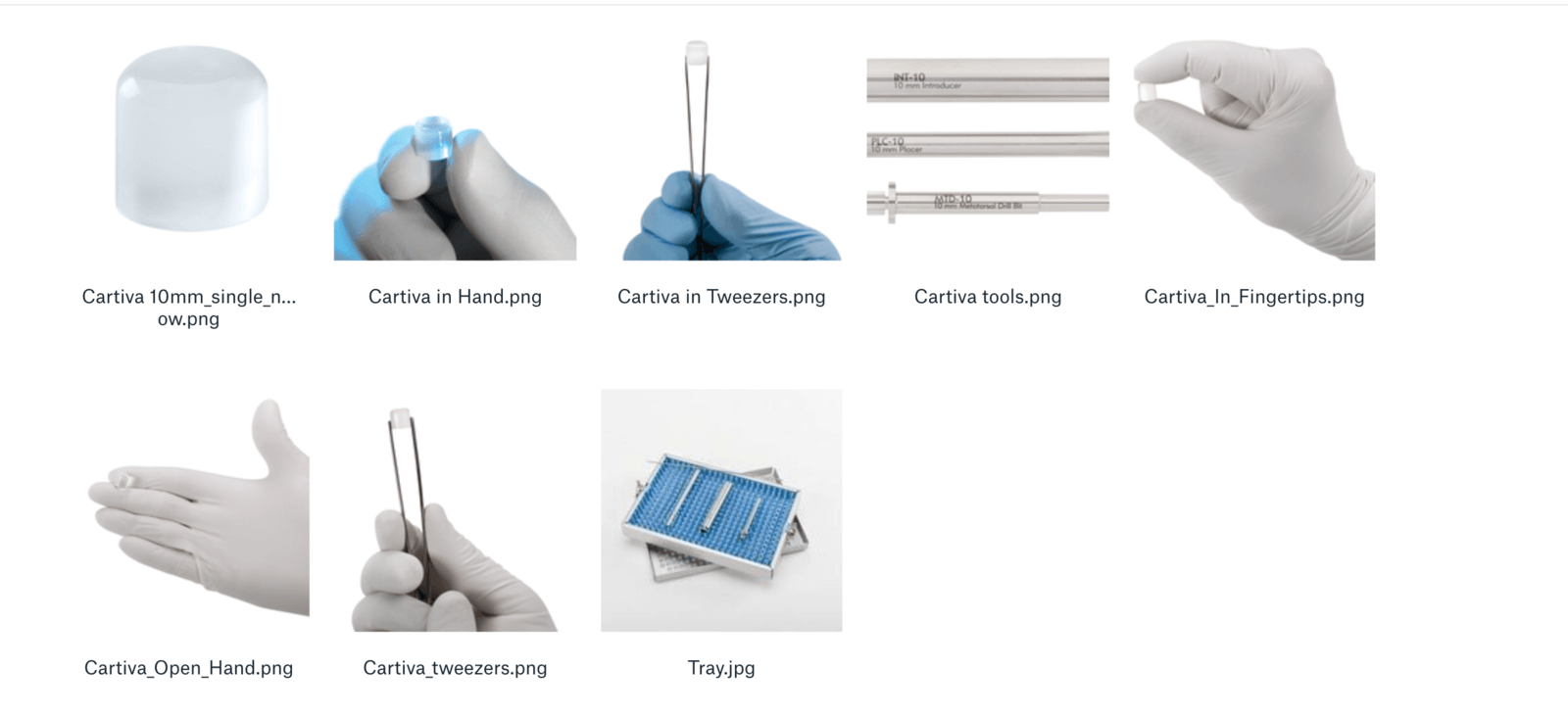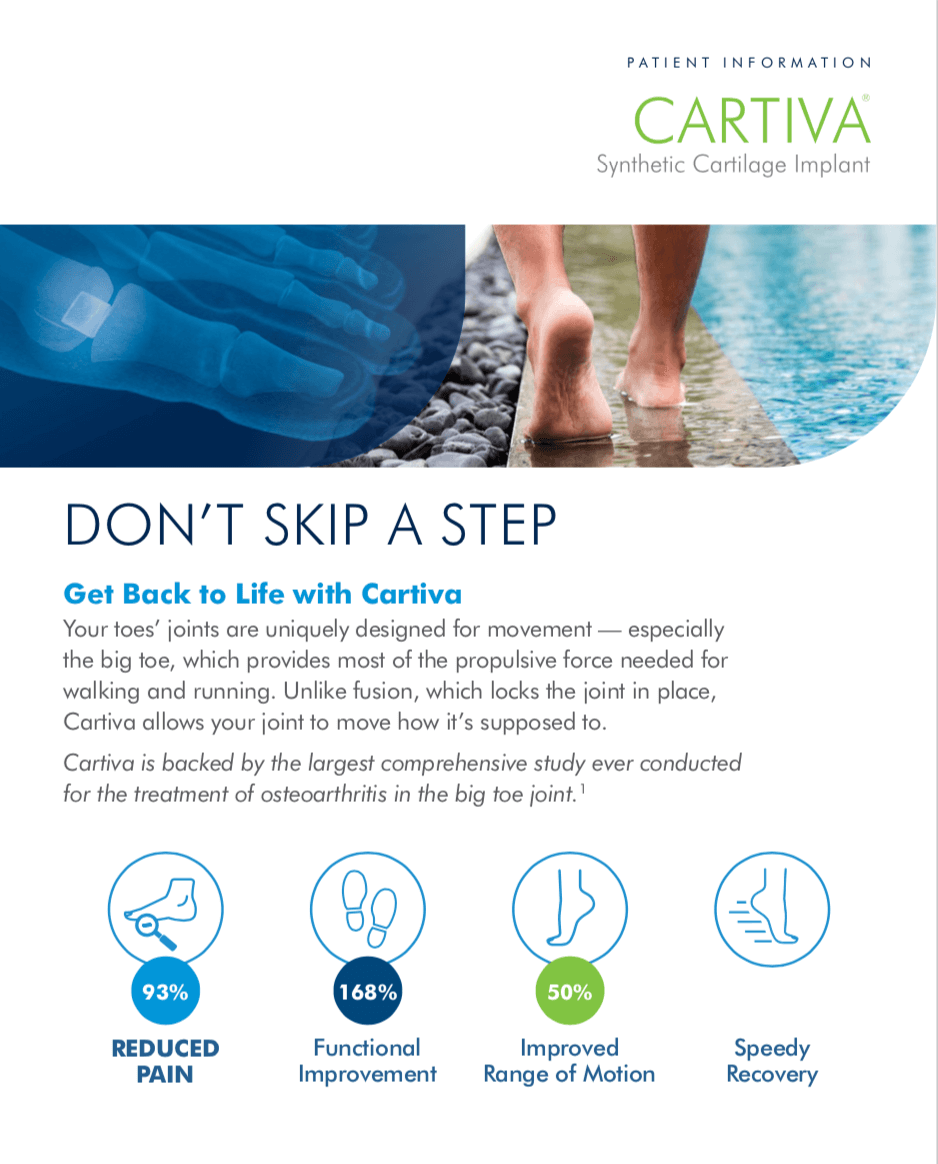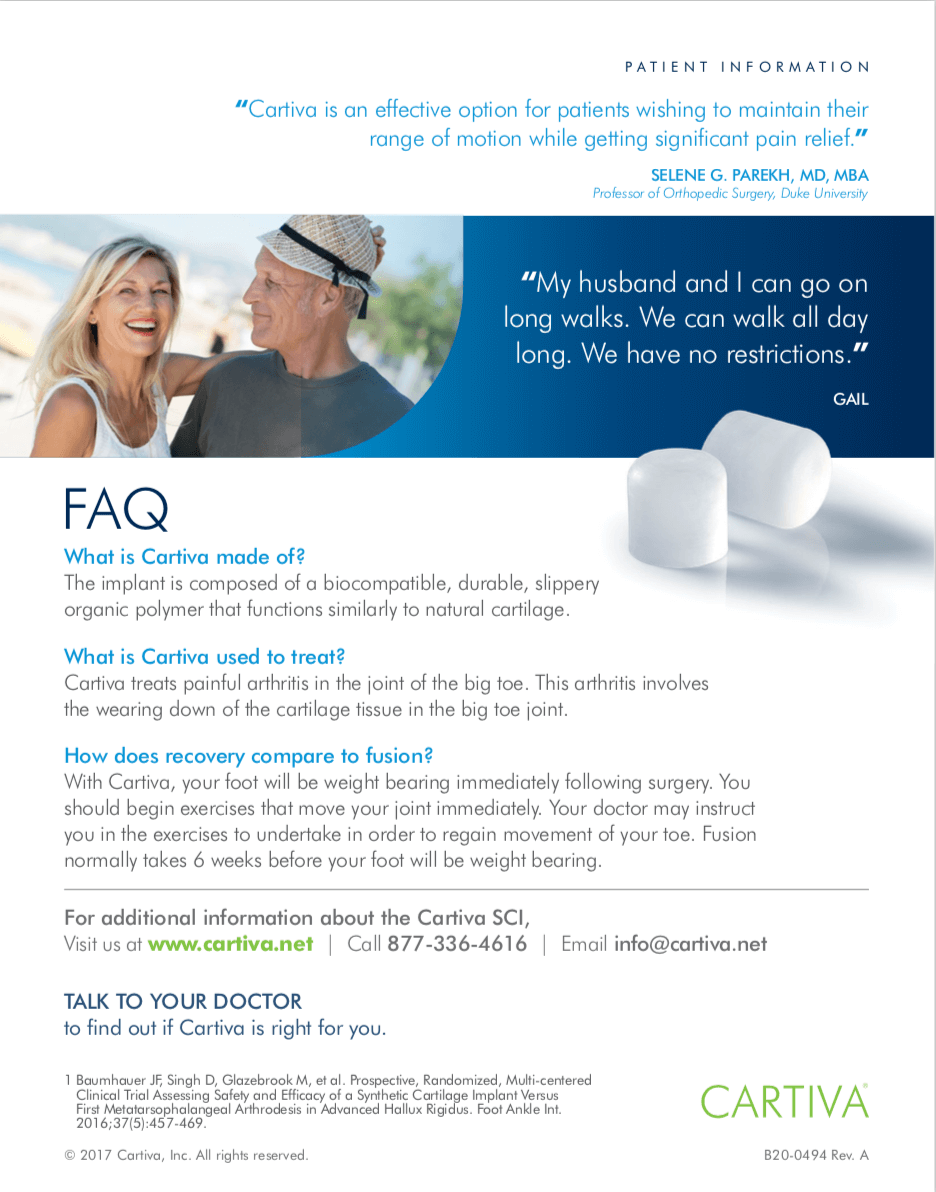Have you ever felt like your sock is bunched up under the ball of your foot, or like you have a stone in your shoe, along with a burning sensation in your toes? This is likely caused by a Morton’s neuroma.
Many people believe that this pain will go away after time. However, after prolonged suffering many people believe they must live with this pain. With Morton’s neuroma these beliefs are not true. It is very unlikely that the pain from a Morton’s neuroma will pass without intervention. The condition can be treated by several methods; we have previously discussed Morton’s Neuroma Treatments.
This condition is a thickening or enlargement of the nerve tissue in the ball of the foot. Neuromas often form when the nerve is irritated or compressed. Sometimes runners and joggers develop them because of the repeated pressure that occurs when feet hit the pavement. Women can be especially at risk, because running on hard, paved surfaces and then switching to high heels with narrow toes places a lot of stress on the feet. Most neuromas begin gradually, and you may be able to eliminate the pain temporarily by massaging your foot, changing footwear or a rest from running. Unfortunately, neuromas tend to worsen over time as the temporary changes in the nerve become permanent.
Early intervention is important. Surgery is often performed to address this condition. However, there are alternatives to surgery for Morton’s neuroma. In fact a number of our patient's recently received dehydrated alcohol injections and are doing exceptionally well. Statistically the success rate has even been slightly higher with these types of injections opposed to surgery. We use high definition ultrasound imaging to guide the injection directly to the painful area. We can also incorporate nerve stimulation to significantly reduce any sensation associated with the injection. Research has indicated that success rates from surgical treatments are between 80-85%. The latest research of dehydrated alcohol injection therapy for Morton’s neuroma has been 89%. Therefore we believe we are well on our way to ending the pain associated with Morton’s neuroma with less invasive treatments. Interested in treating your Morton's neuroma with the virtually pain free dehydrated alcohol injections guided by ultrasound imaging we provide? Request an appointment today!
Read more information about Morton's Neuroma Treatments.










